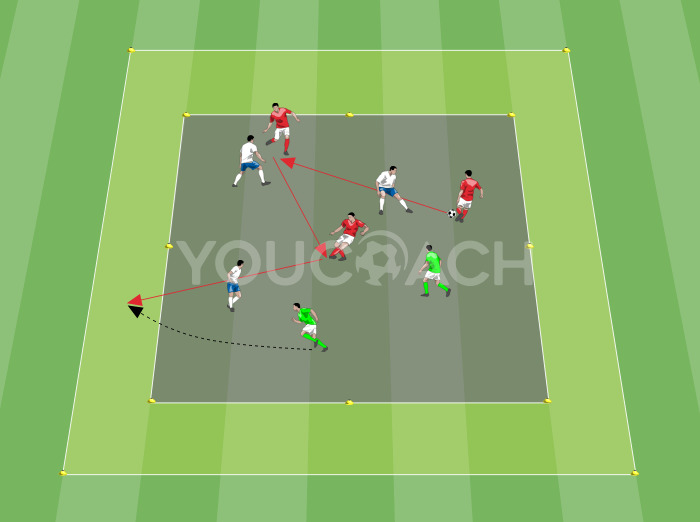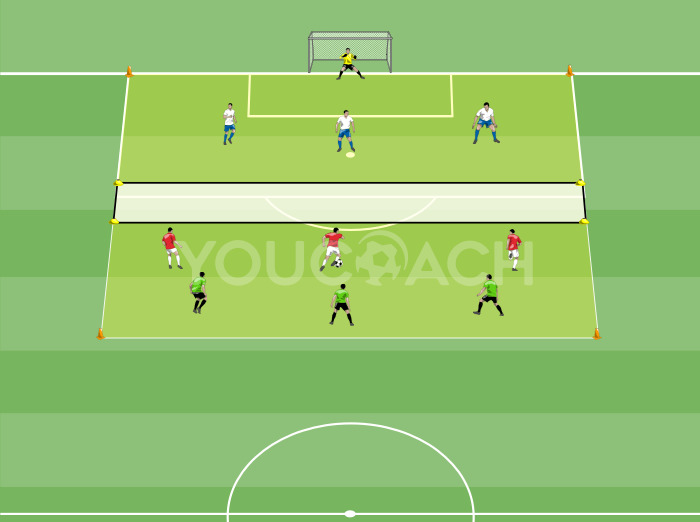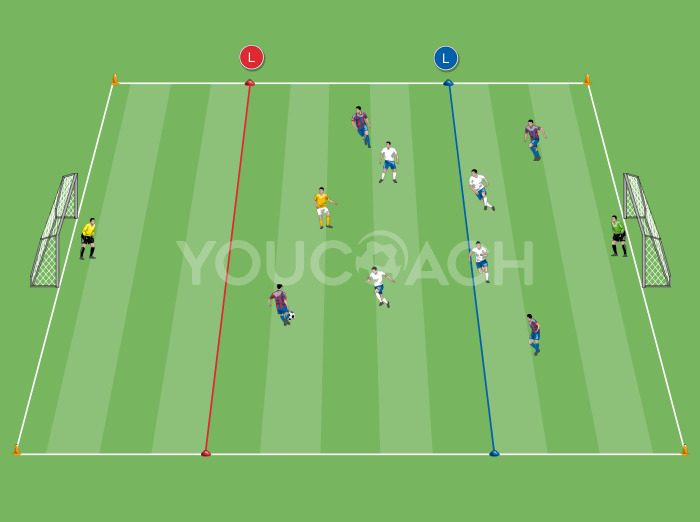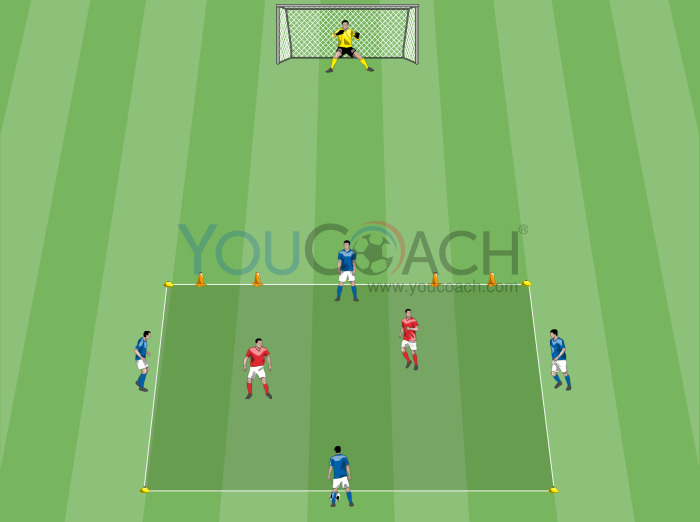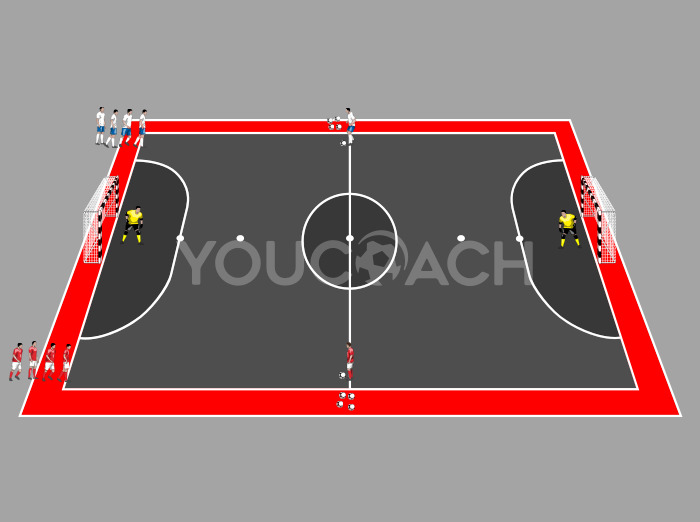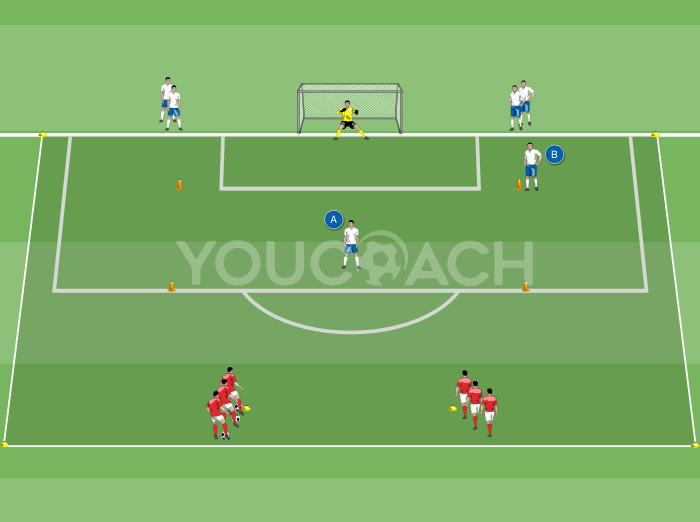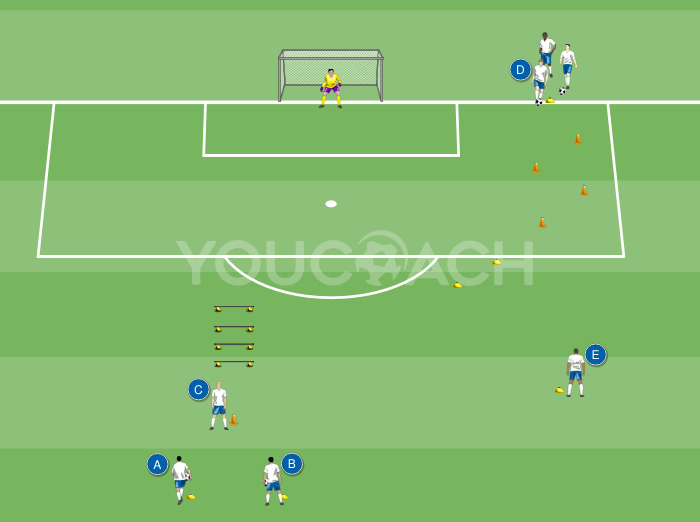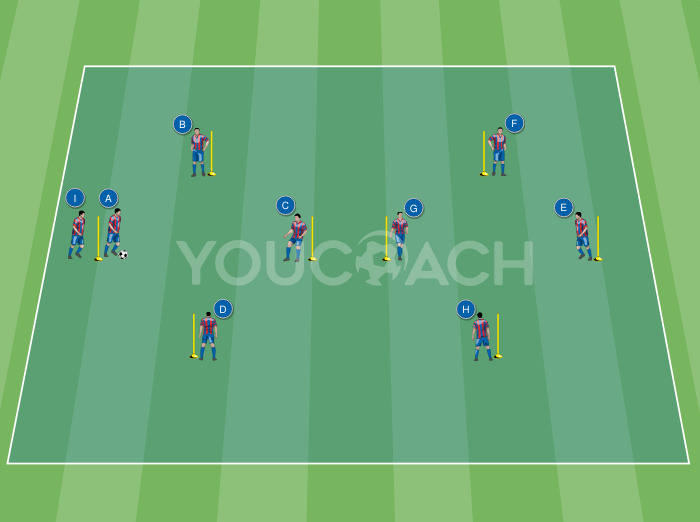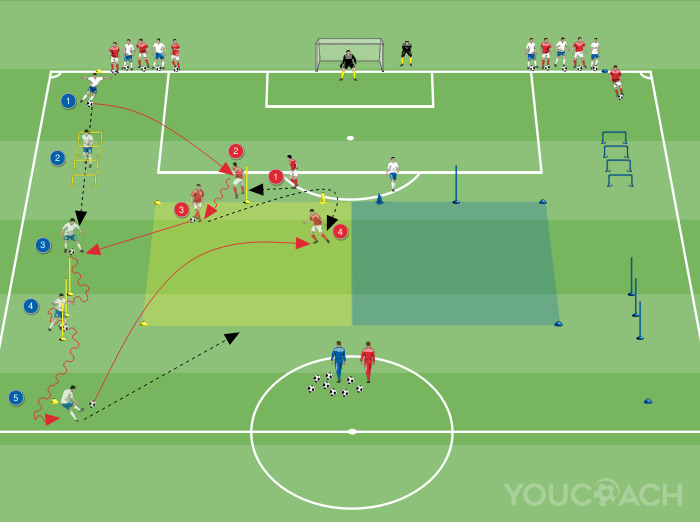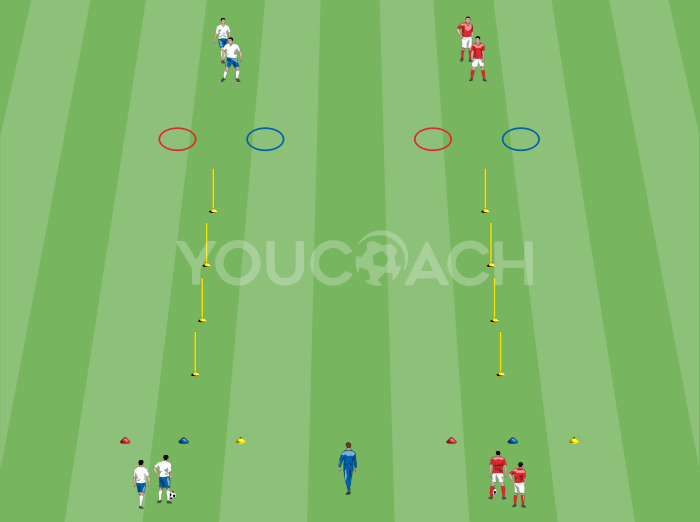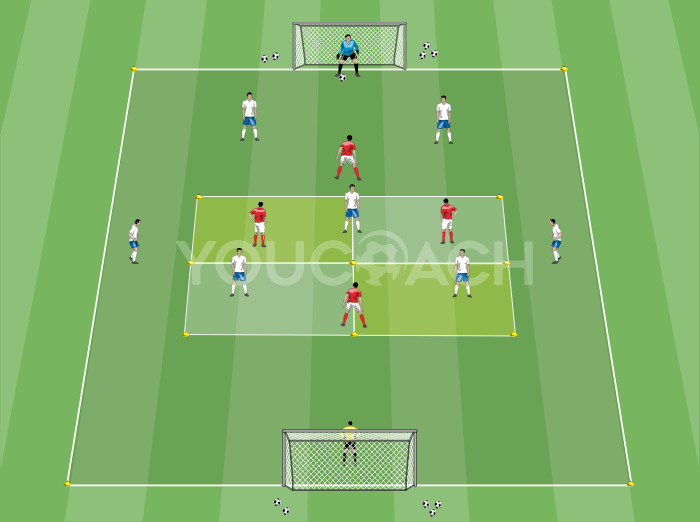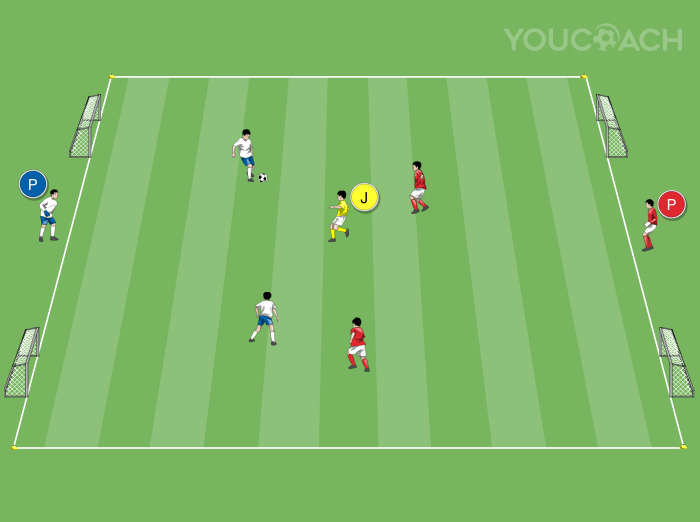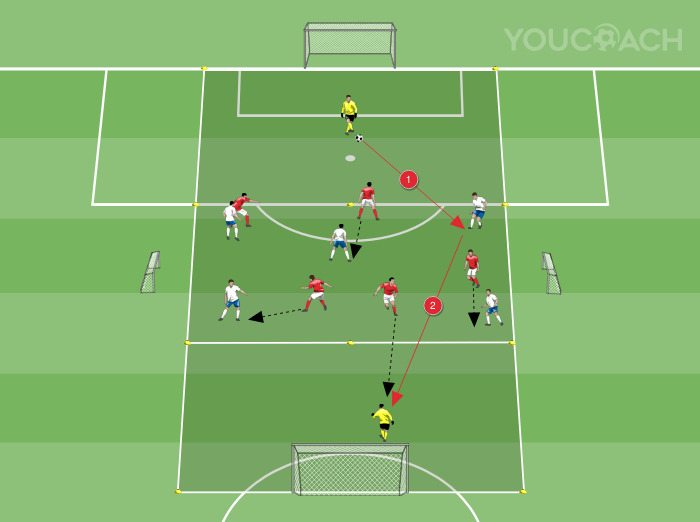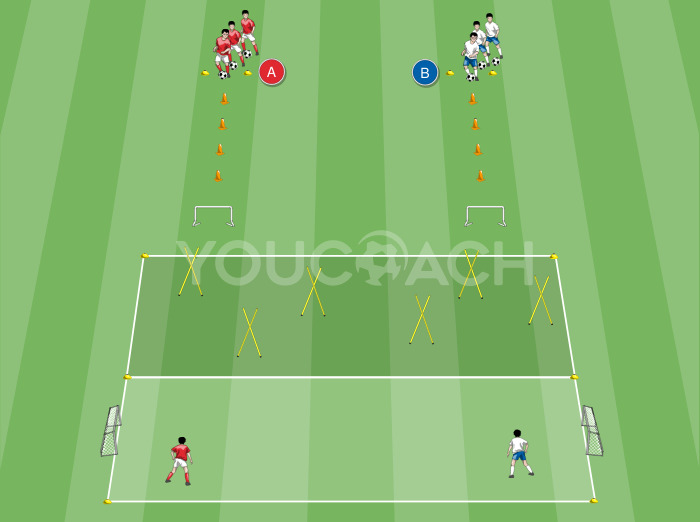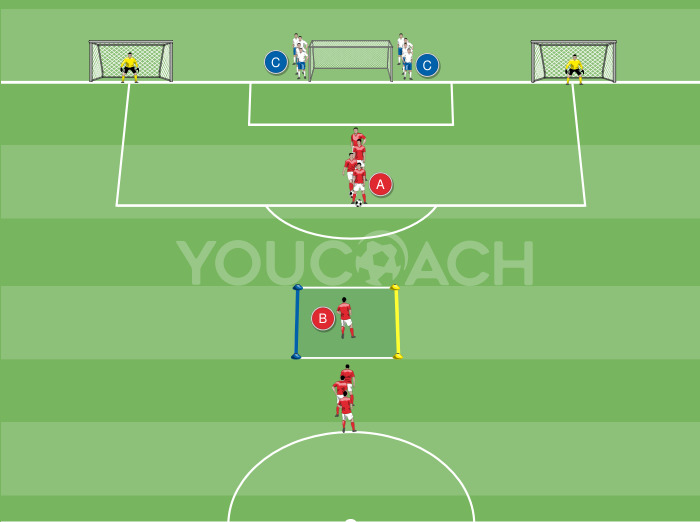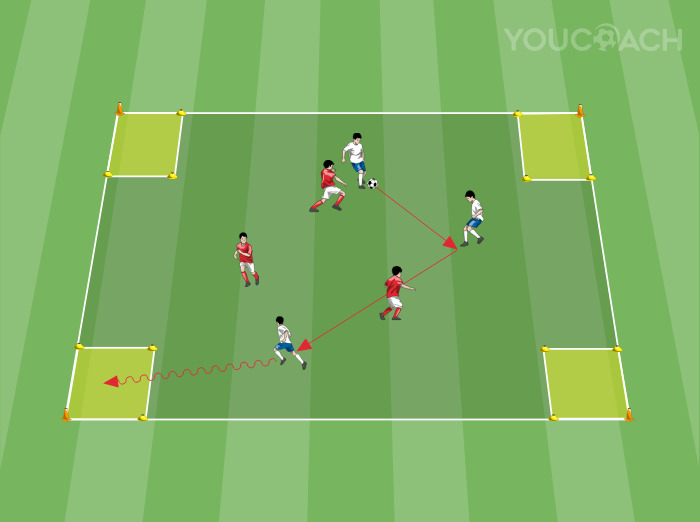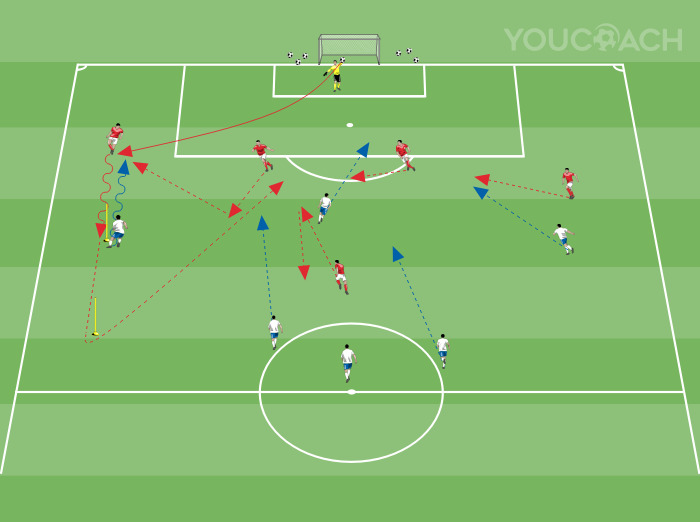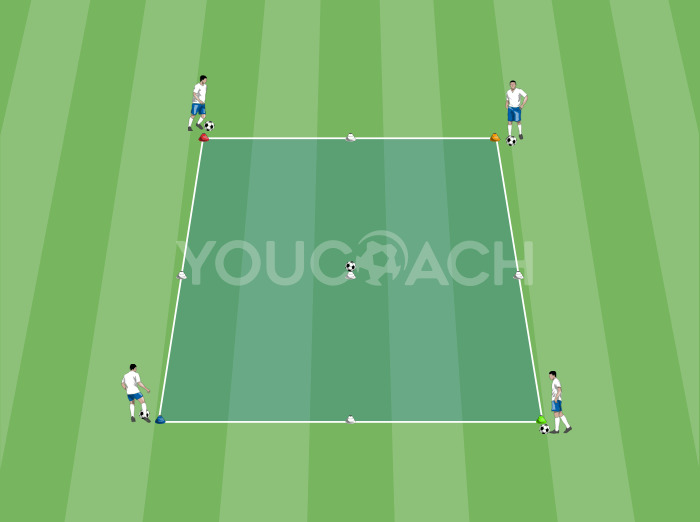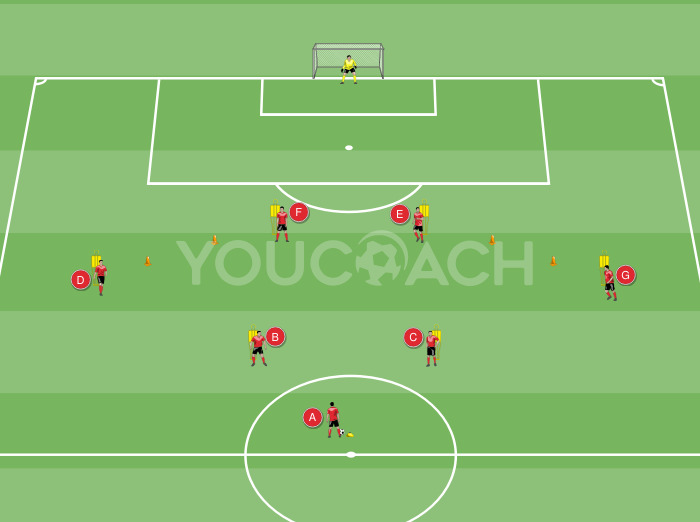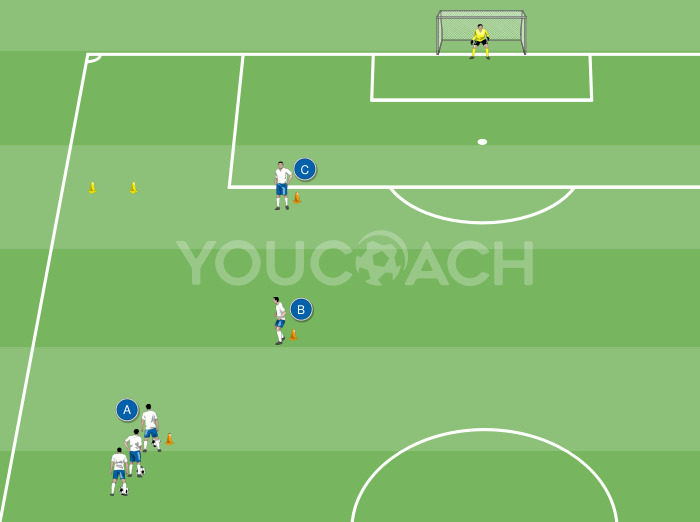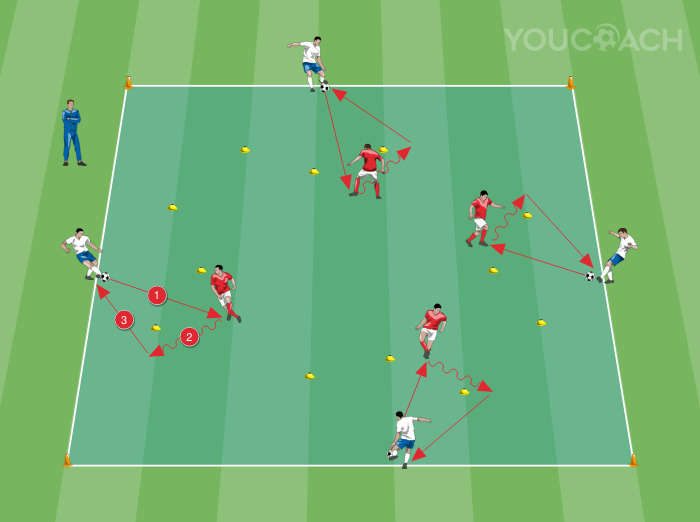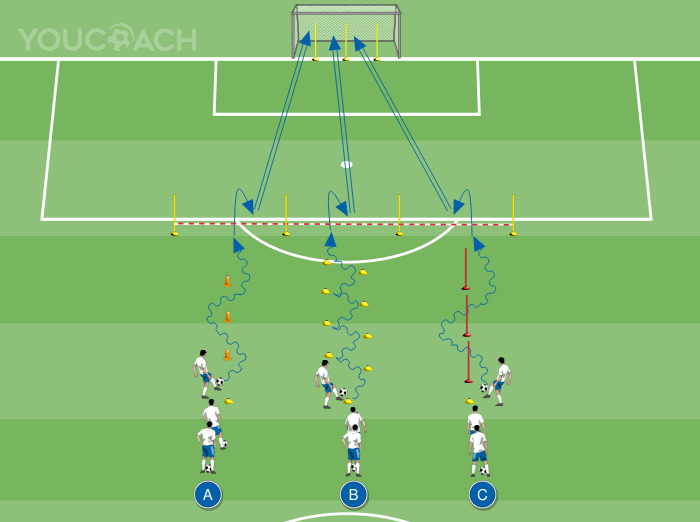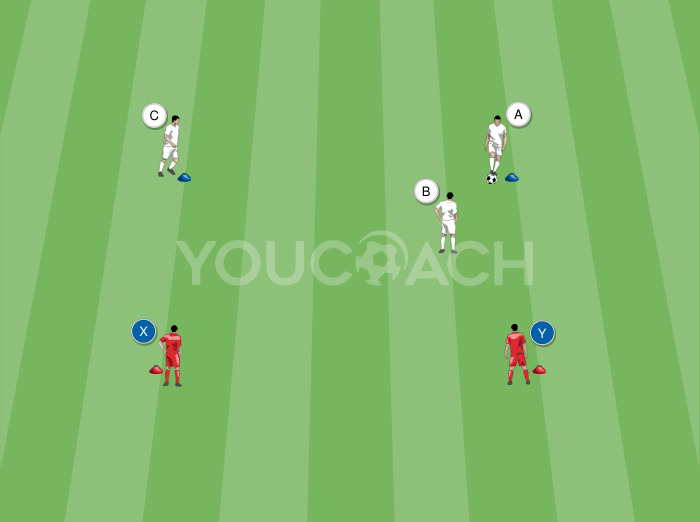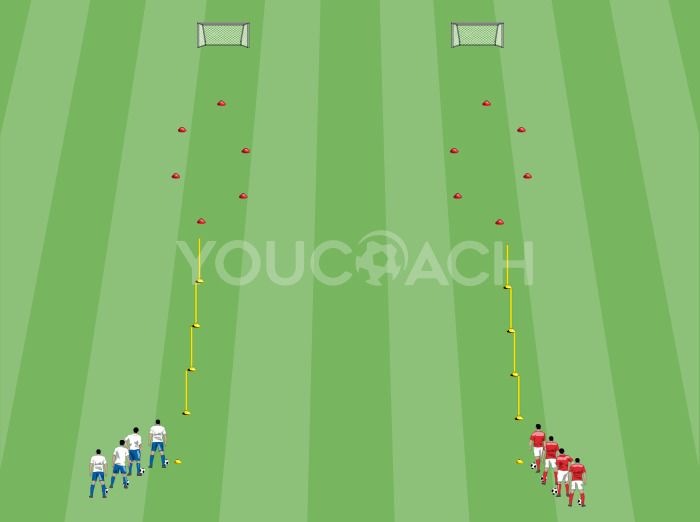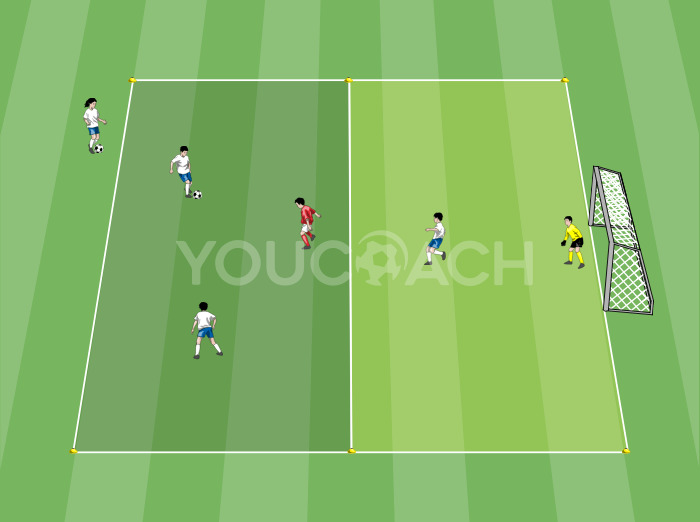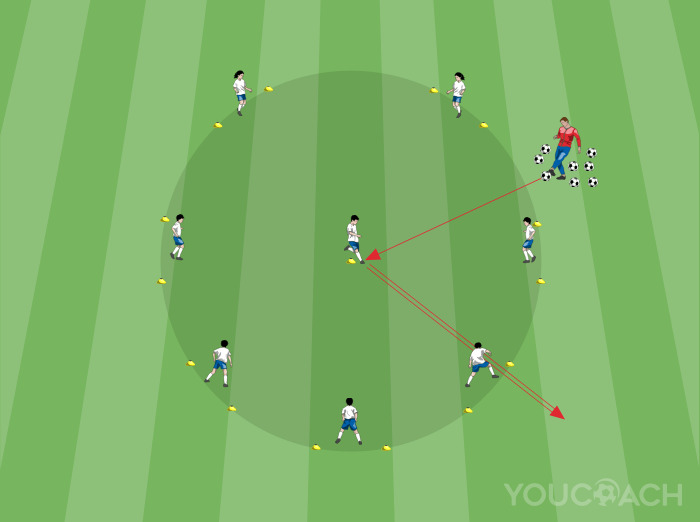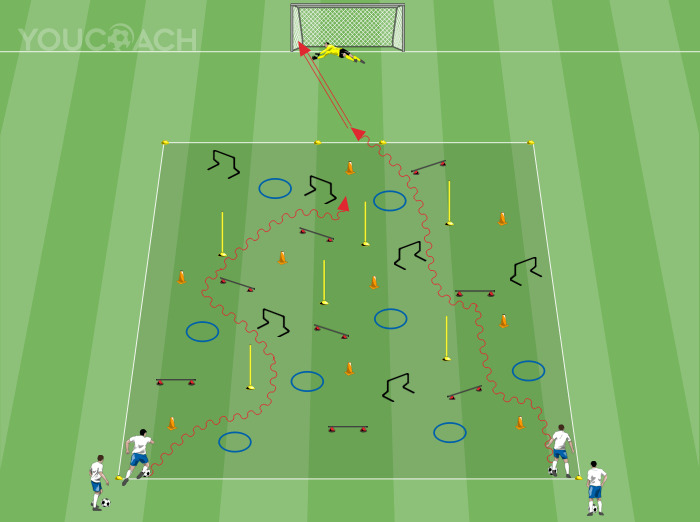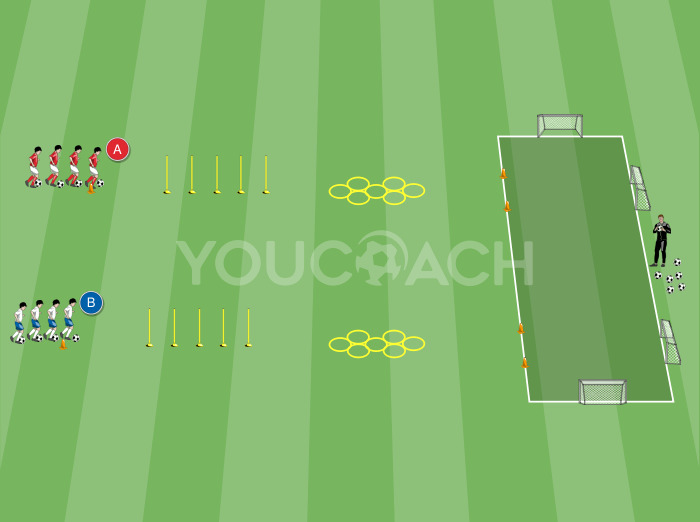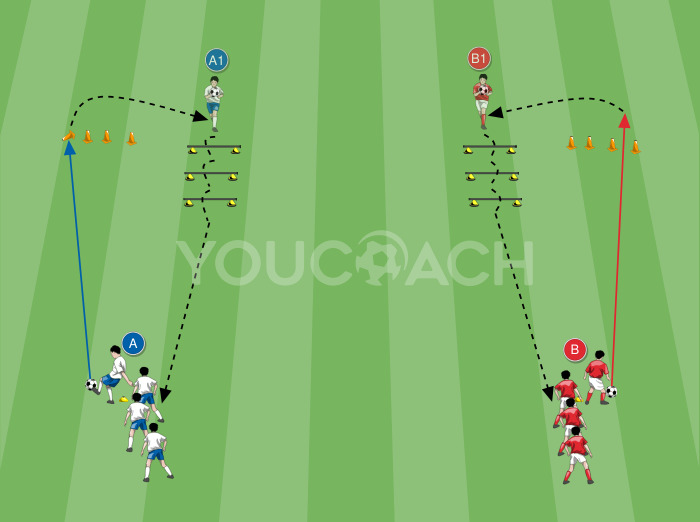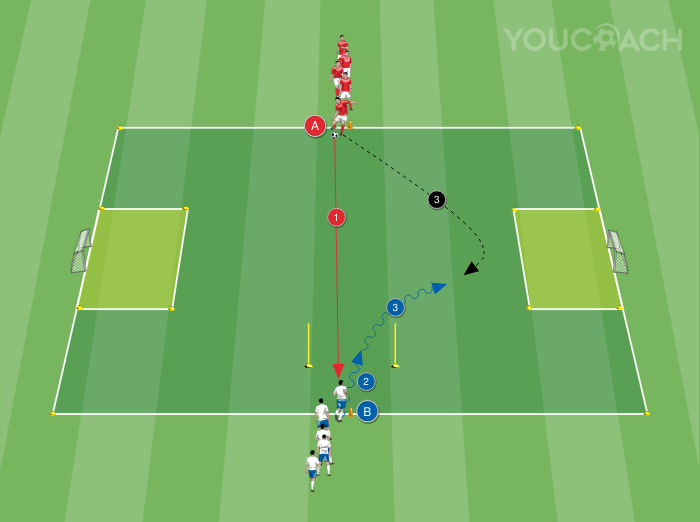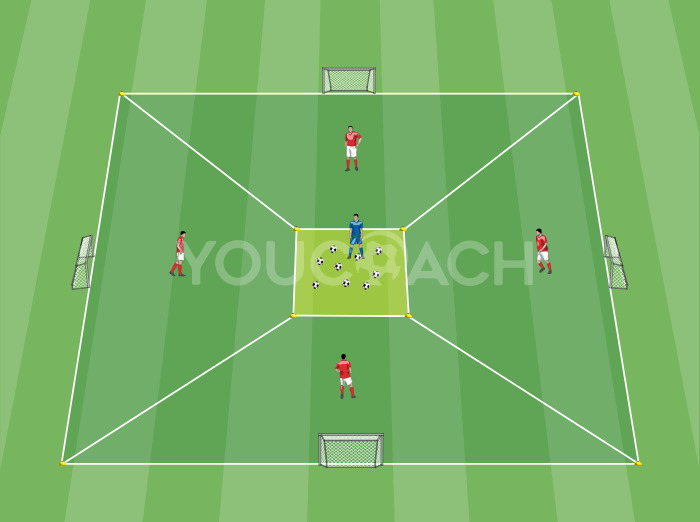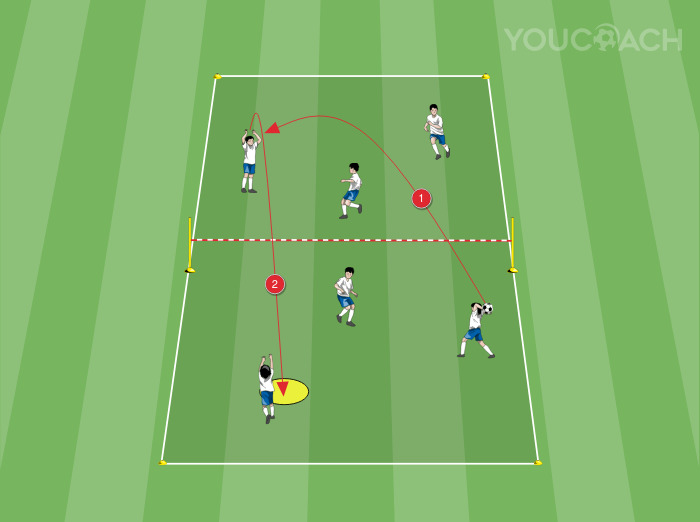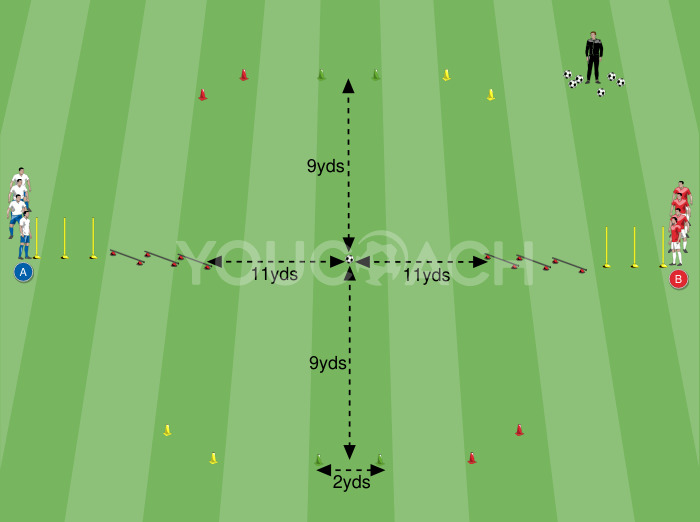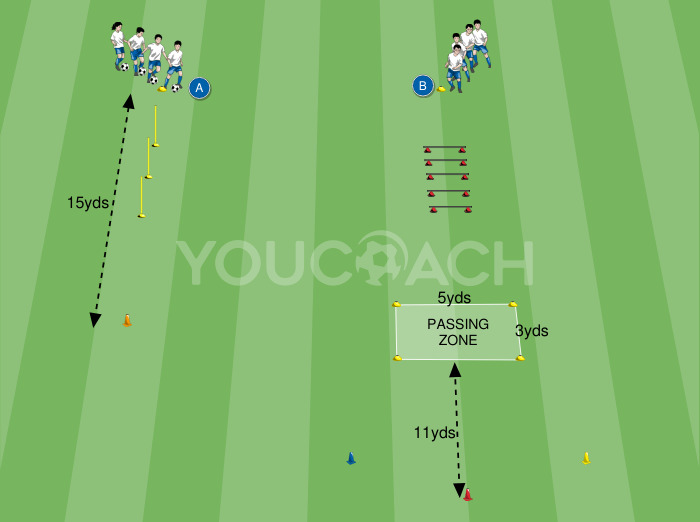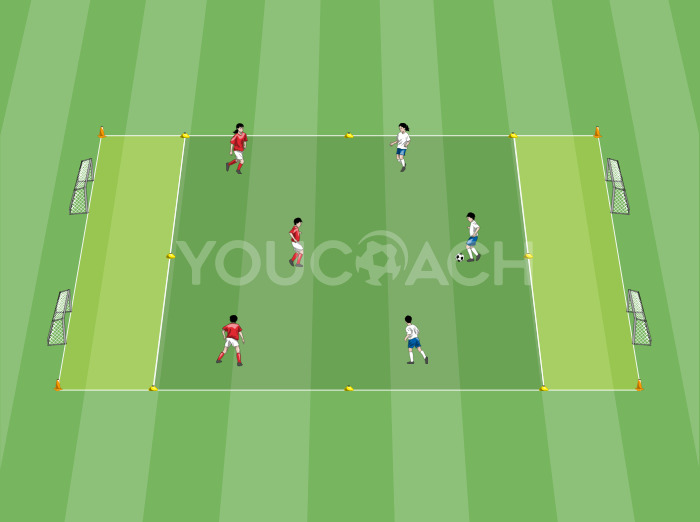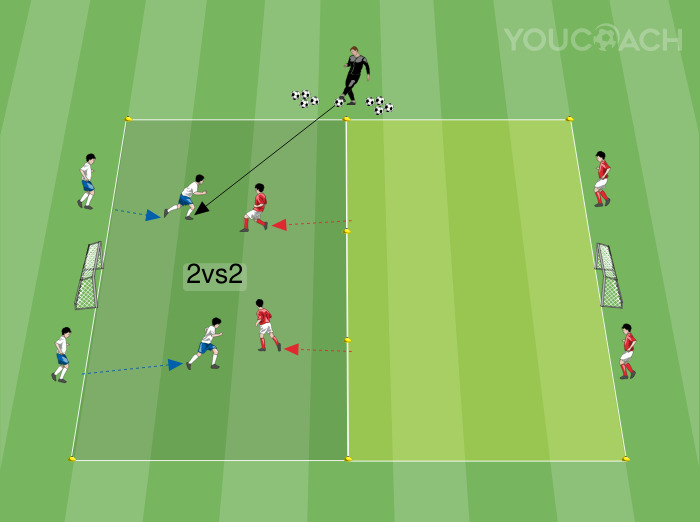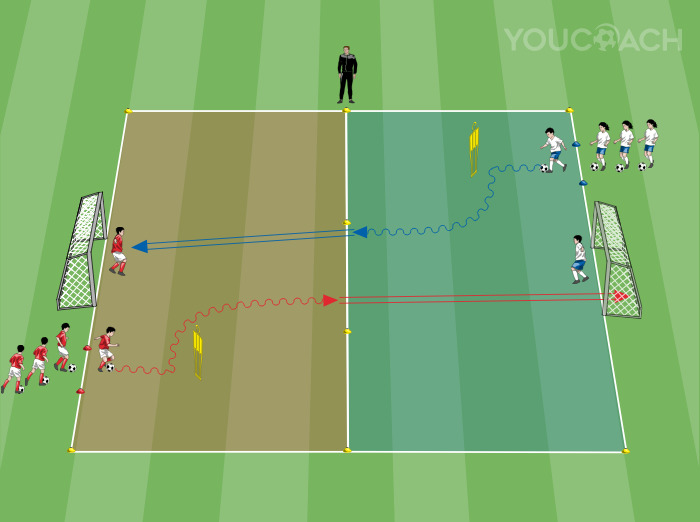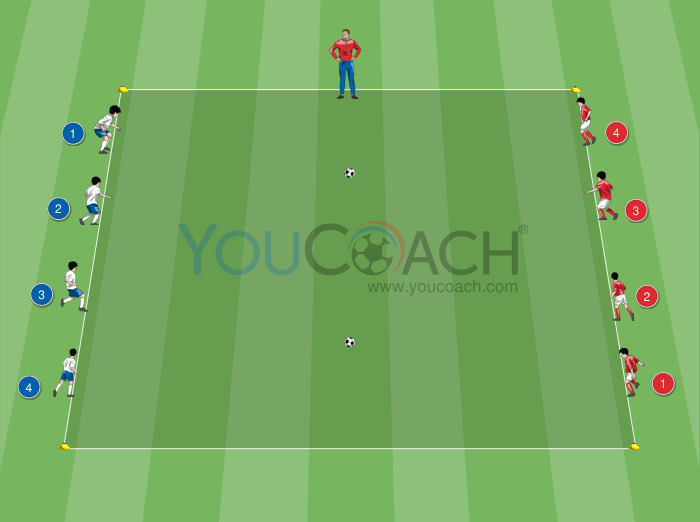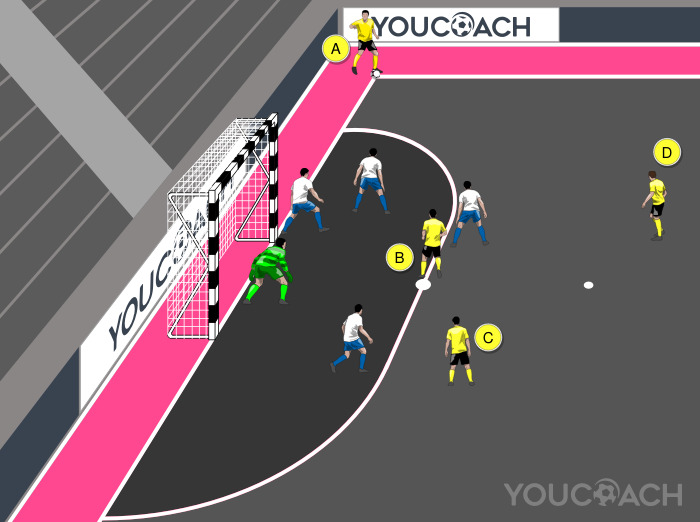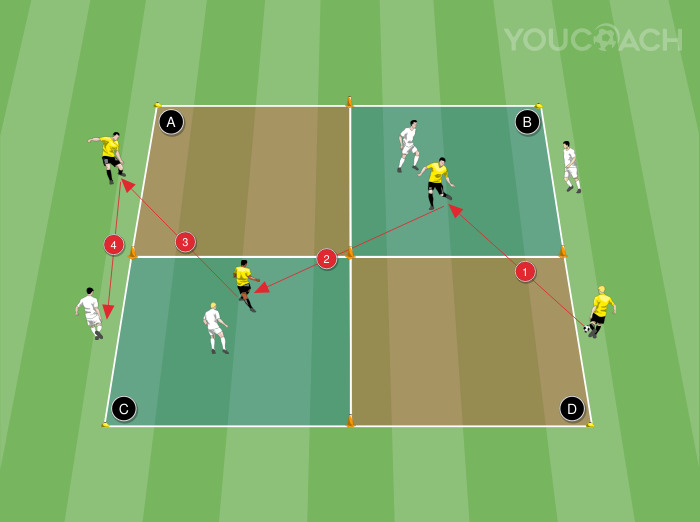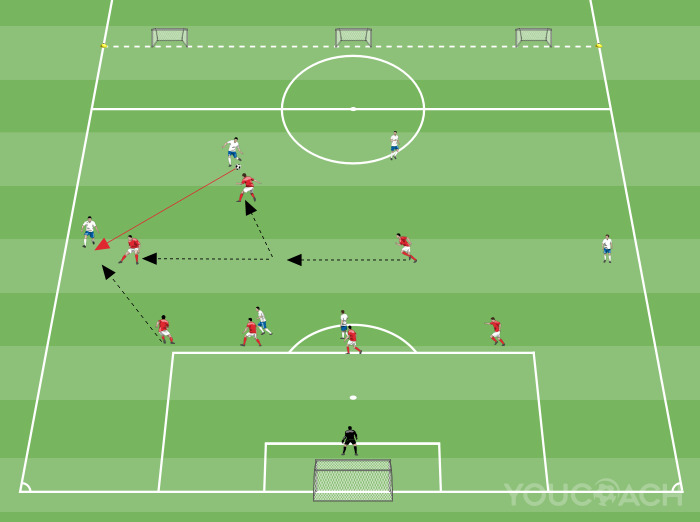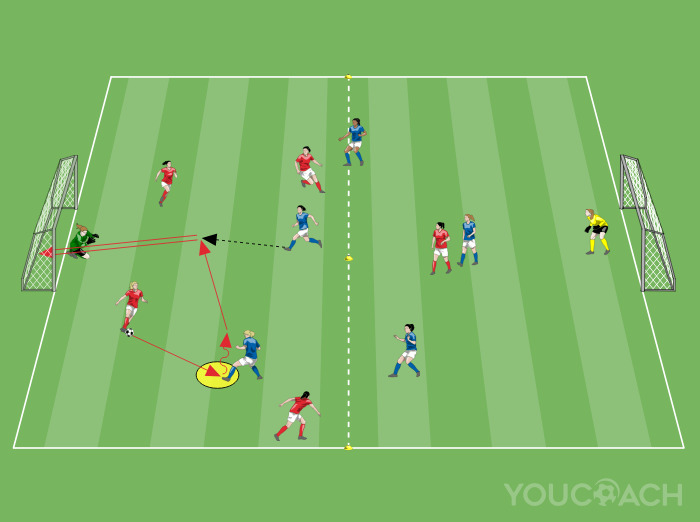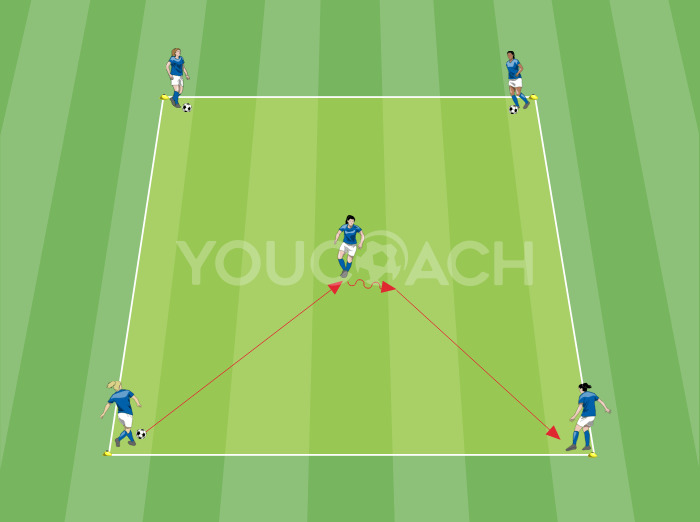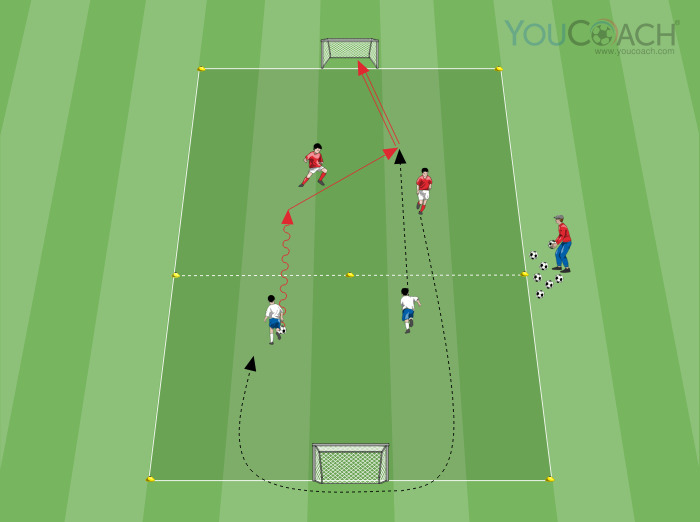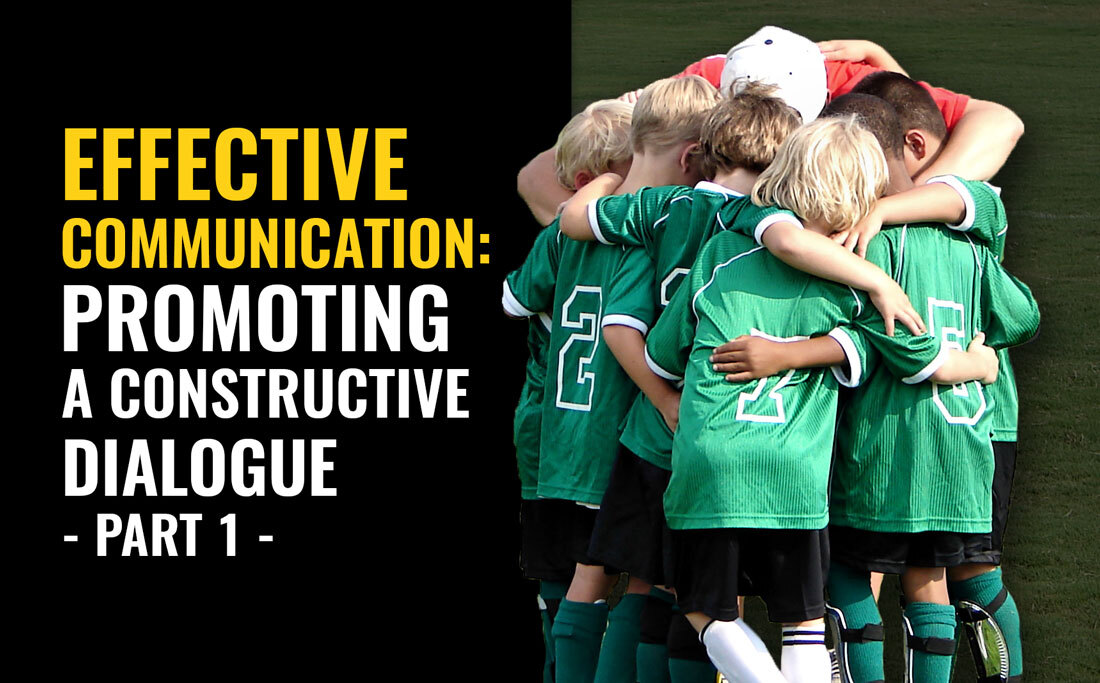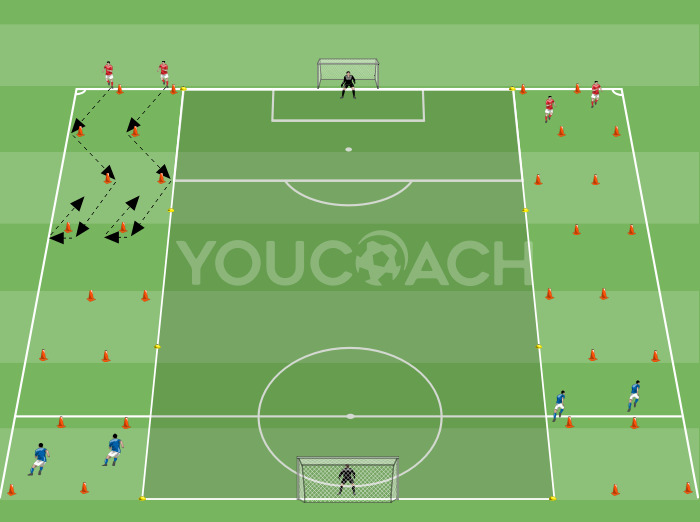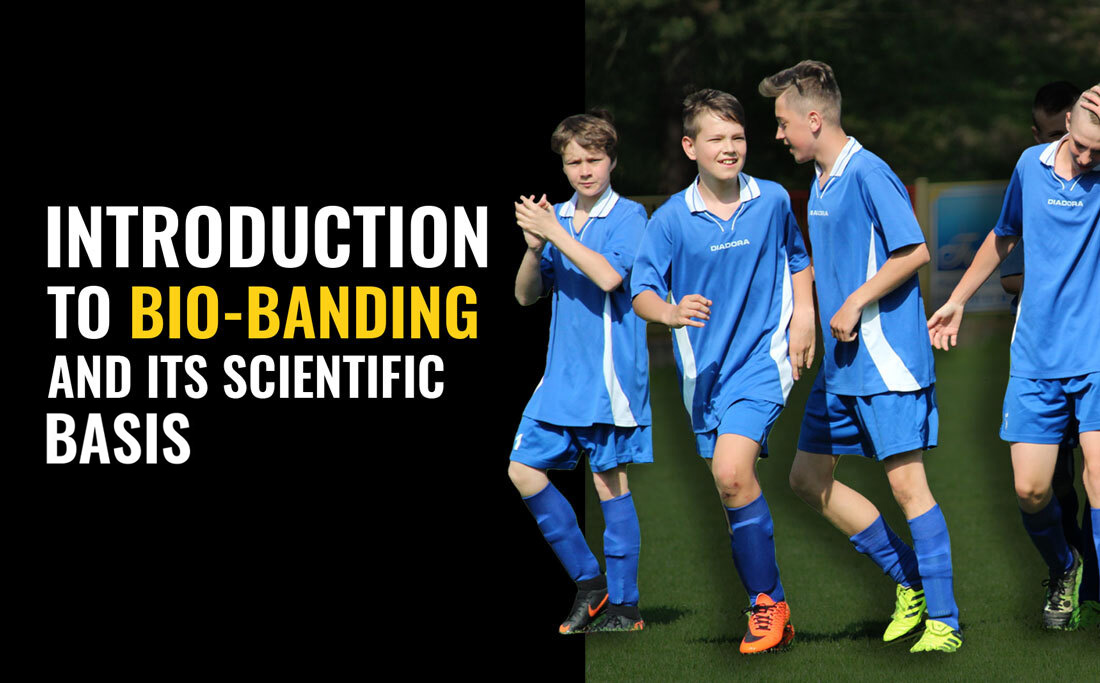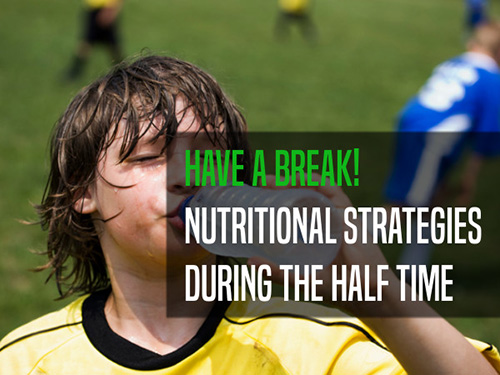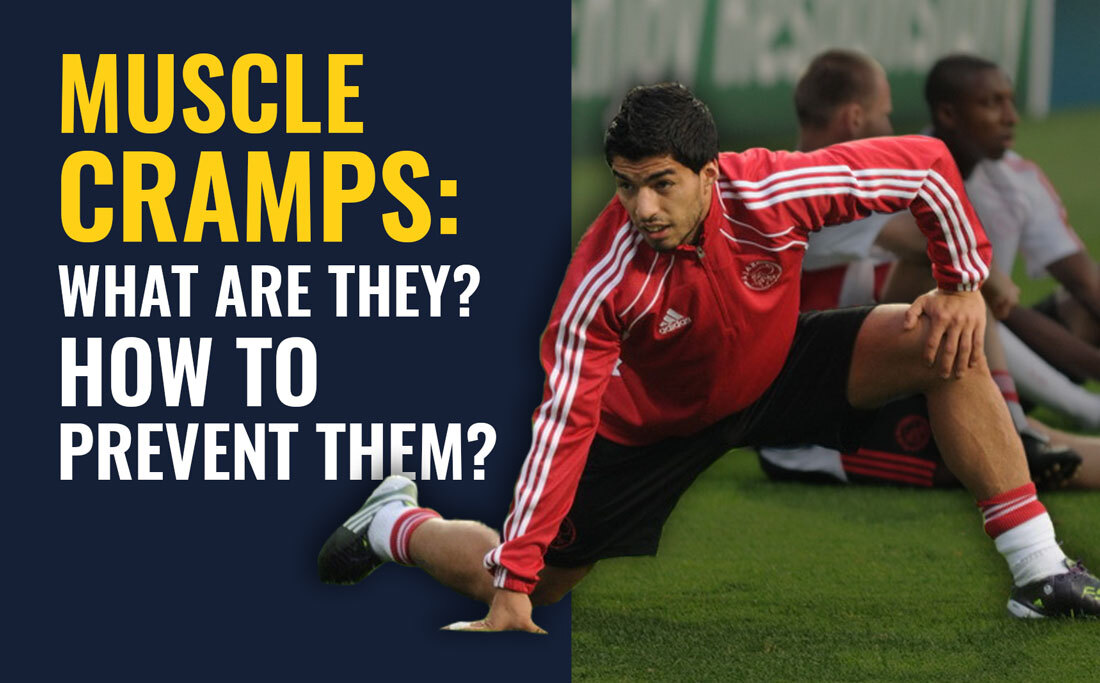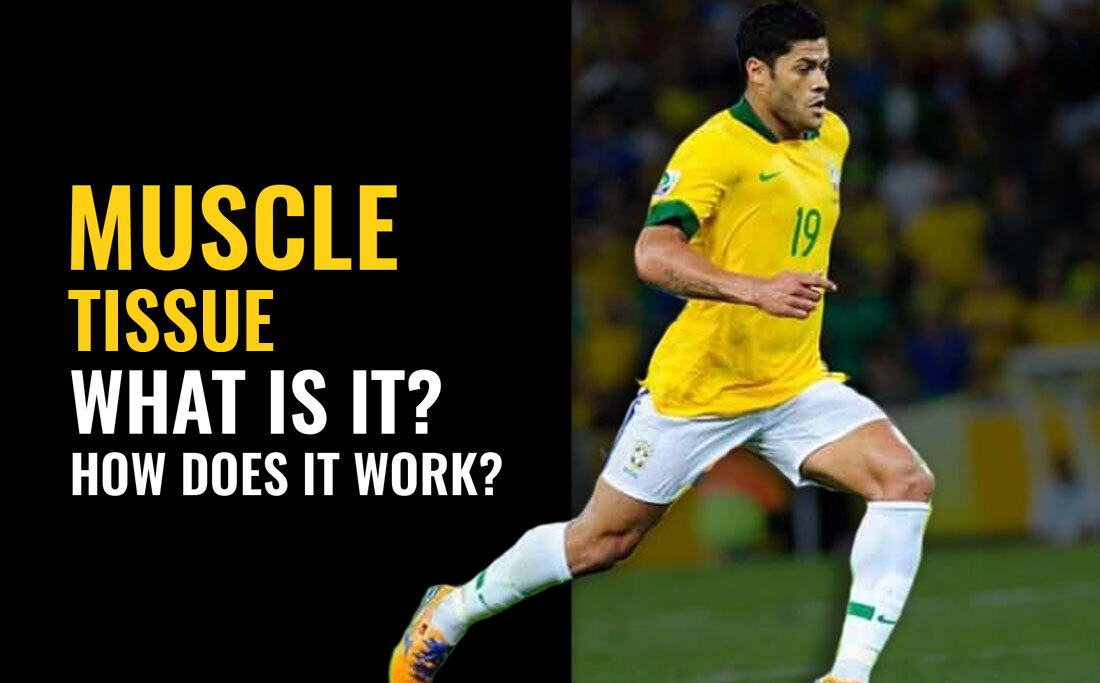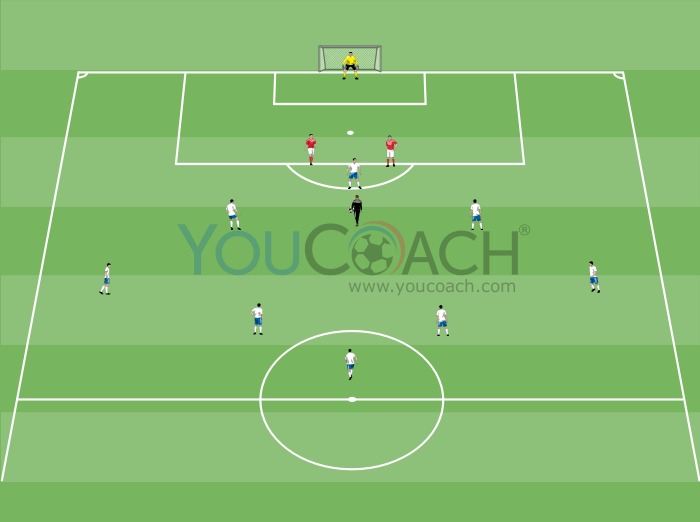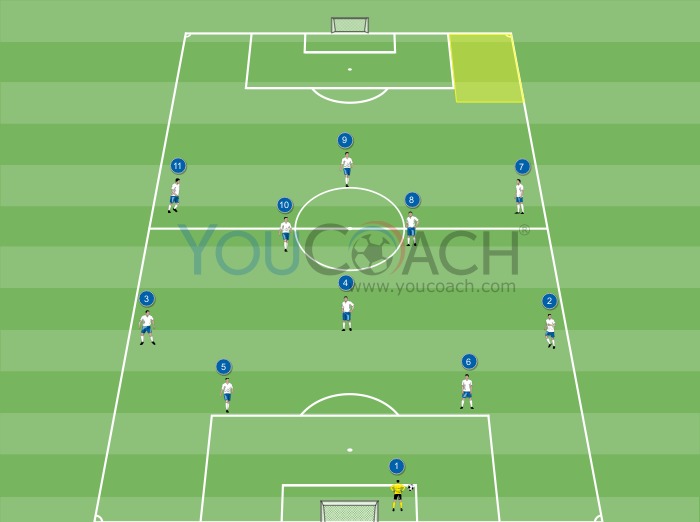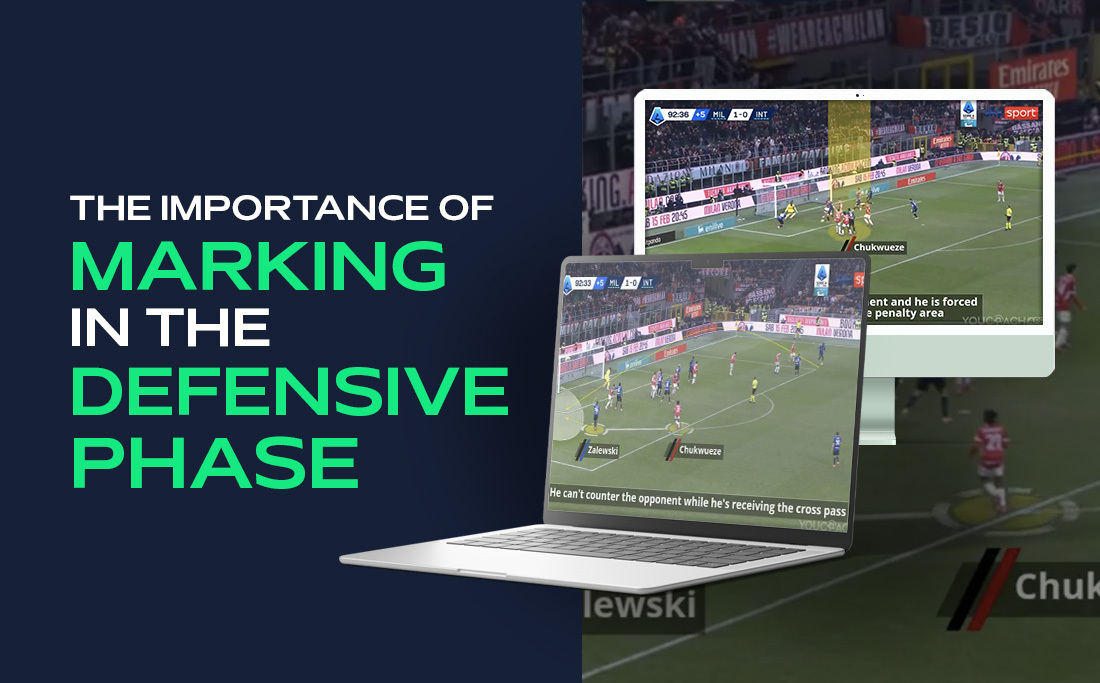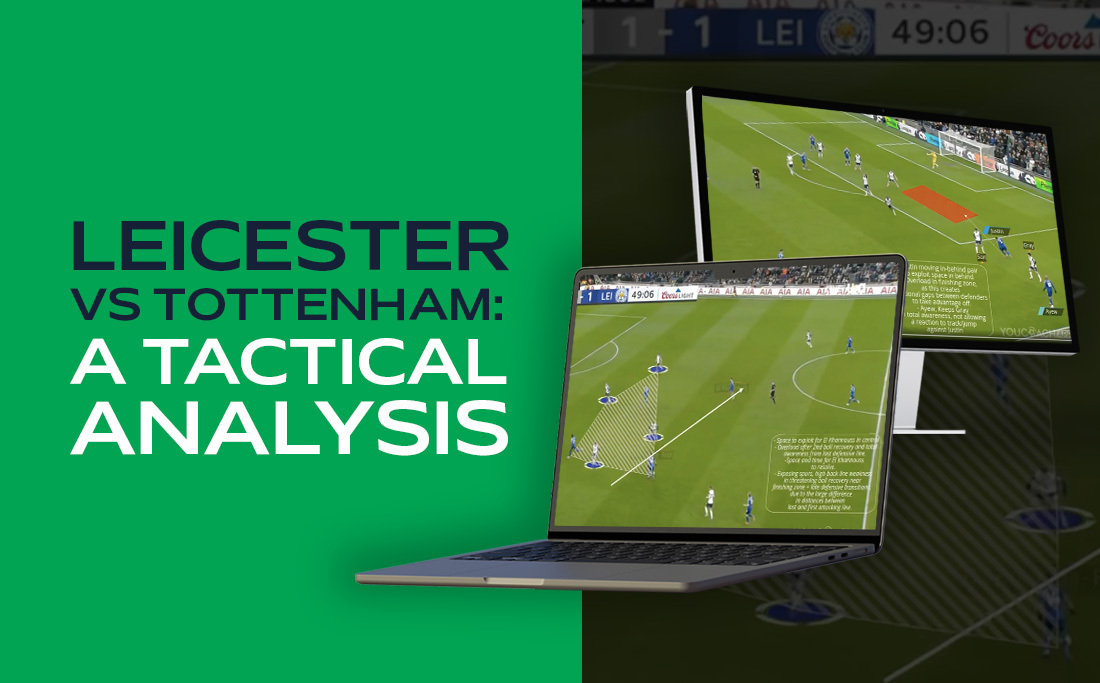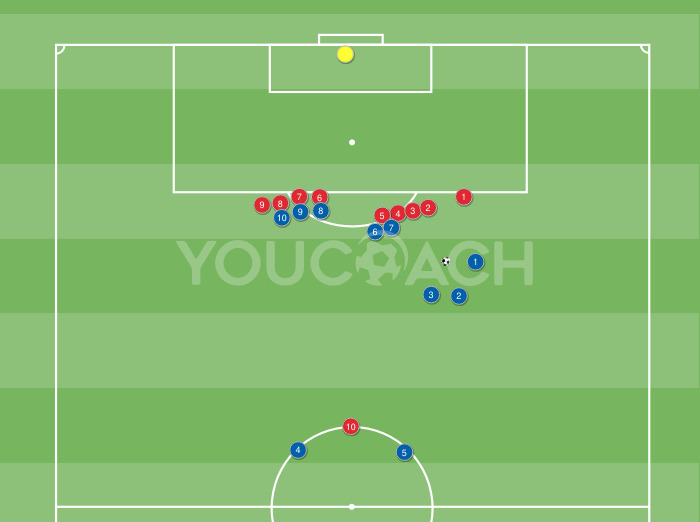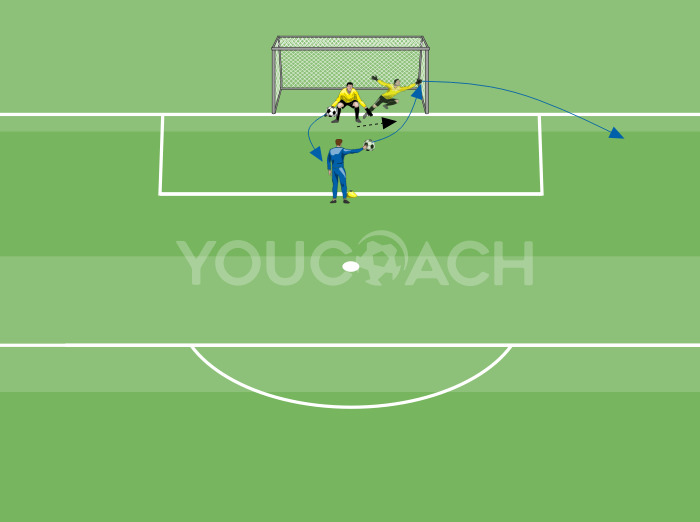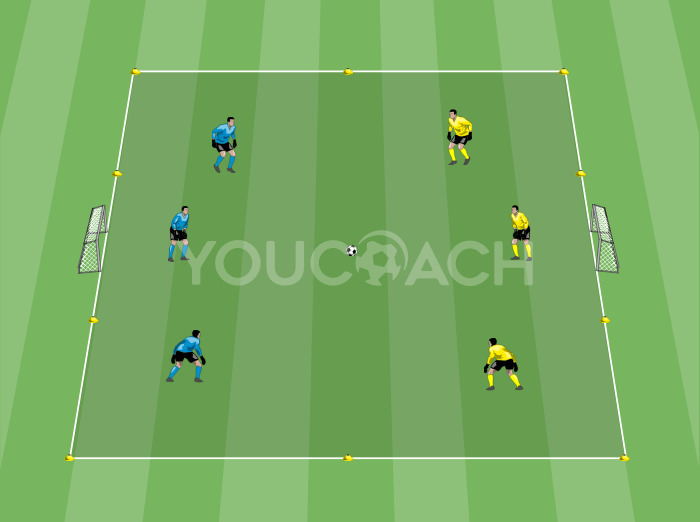YouCoachApp: the Fundamental Tool for Every Soccer Coach
YouCoachApp: the Fundamental Tool for Every Soccer Coach |
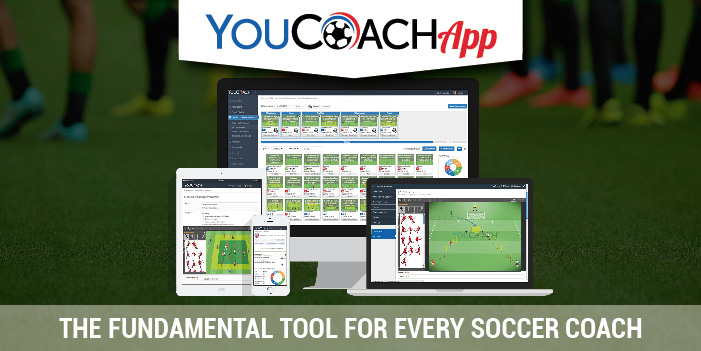
| Summary |
|---|
|
Far more than a soccer drills database, this app for soccer coaches will assist you and your staff during the season |
Soccer is a situational game and requires cognitive and motor skills that must be activated simultaneously during the game. There is no such thing as an isolated "technical moment" or "tactical moment", in which the athlete performs only one skill. During their performance an athlete expresses their physical, technical and tactical preparation in a global way, and the level of this performance depends on the connection between all these aspects.
Soccer coaches should turn players into protagonists of a game that also takes account of other aspects outside of soccer training, such as the ability to manage the stress level during a competition or to find the right motivation to play. That's why every coach needs to create their own strategy (aka methodology) to make each athlete get durable results and knowledge.
ATHLETE'S EDUCATION
Learning each new movement involves three levels:
- Raw coordination: it is the phase of the attempts. The athlete learns a new movement by imitating the coach's correct execution. The result is a non-harmonic movement characterised by tension due to the difficulty of managing every single aspect all at once. The duration of this phase depends on individual features, age and your coaching skills.
- Refined coordination: the athlete acquires self-awareness, the movement becomes easier to do and the technique improves. Movement is more fluid and the improved results encourage the learning process. At this stage the technique is not yet stable and even minor unexpected factors (for example some time off) could adversely affect it and cause regression.
- Reinforcement: it is the phase of the permanent acquisition. The movement becomes automatic and is now part of muscle memory: it can be performed at any time and under any condition; it can also be adjusted to every situation.
STEPS OF THE FORMATION PROCESS
Keeping in mind that programming a youth soccer training season is completely different from programming an adult one, it is recommended that a coach keeps a broad vision and creates a multiannual programme.
The goals will be spread over various years following specific "steps" of the formation process:
- Basic training
- Development training
- High-level training
- Top-notch training
This partition allows the strengthening of motor patterns, a gradual development of motor skills, the learning process of basic technique and of individual/team tactics.
GRADUALNESS AND TRAINING LOADS
“Nothing before time, nothing after time, all in good time” (Nicola Comucci)
In Youth Soccer the coach has to keep in mind that every growth needs time: the philosophy of “everything at once” is detrimental and goes against a solid and effective education.
To demand the perfect execution of a tactical gesture even before the work on basic motor skills has been completed jeopardises the whole learning process.
This learning process has to be slow and steady and should comply with the learning rythm of the athlete: at the beginning, submitting too many technical elements all at once could create confusion, anxiety, over-stimulation.
Stimuli distribution is important and should follow the athlete's organic processes: an harmonic development of general motor skills and specific motor skills is only possible if training loads are correctly distributed in connection with age and stages of development.
MOTIVATION: CREATE A POSITIVE ENVIRONMENT (play to grow up)
Who plays soccer first thing wants to "play". This is true both for children and adults. Soccer is a game and should be played as a game.
When you schedule your training session's agenda you have to keep in mind that your team should face each workout as a game, not as a job: during a training session players should have fun! In this respect, new engaging drills must be proposed frequently in order to avoid lack of motivation, apathy, listlessness, lack of interest.
To stimulate motivation, the coach should use a wide variety of resources such as:
- use engaging drills to increase player's curiosity
- promote self-esteem thanks to the perfect execution of a difficult task
- use a wide range of different drills
- use various games and competitions
SELF-ESTEEM AND INDEPENDENCE
How athletes see themselves affects their behaviour: who has a positive self-perception is more confident, optimist and, having no anxiety, can perform better.
A coach who respects an athlete's initiative in a game can increase self-esteem. Coaches should encourage their players to compete with complex techniques using fantasy, personal initiative and direct confrontation with the rival.
In this way athletes can reach tecnical and tactical independence and maturity.
TECHNICAL LIBRARY
“The more you know, the more you can be useful to yourself and the team”
One of the main goals of a soccer coach is to enhance the "technical library" of each player with all the elements one could need during a difficult game. A rich set of features can help tremendously in turning a difficult situation in your favour. A detailed study of complex technical elements (dribbling, change of direction and so on) will consolidate motor skills and reinforce the emotional sphere: being self-confident while executing difficult gestures will increase self-esteem and the motivation to learn more.
On this basis, YouCoach staff created a vast library of soccer drills that will be useful for soccer coaches of any age group. Our drills are stored in our web app, YouCoachApp.
With YouCoachApp veery soccer coach will be able to manage and organize the entire sport season.
YouCoachApp's features help the coach choosing which drills are best for each training session, with indications and suggestions about the kind of exercises to do in each phase of the season. Through a data collection (using filters such as age group, objectives...), the program processes all the information provided and suggests the most suitable drills.
Only through a methodical organisation of the sport season and the pursuit of specific goals the coach will be able to evaluate the effects of his teaching method.
YouCoachApp includes training progressions and collections of drills grouped into specific objectives or type of activity. By using these progressions you can create a training course with a gradual increase in difficulty.
OBJECTIVES
YouCoachApp's drills organisation helps the coach to identifying the most suitable drill for each step of the formation process.
You can create daily/weekly/monthly/annual training sessions within your schedule, whether you train a youth soccer team or an adult team.
You will have available a vast selection of soccer drills to draw from in order to organise your personal technical and tactical library. From this library you will choose the best drills for each situation and you will monitor your teaching process. You will be able to:
- have an overview of the technical elements suitable for a specific training session;
- choose which drills to perform in each training session;
- know which type of drills the team performed in each training session;
- look for brand new drills (boost motivation);
- look for easy or difficult drills (different steps of the formation process);
- have a storage unit of all your training season.
CONTENTS
Drills have been sorted by technical-tactical movements that are the foundations of soccer game and of general motor skills development like:
- stricking the ball
- receiving the ball
- ball control
- dribbling (front, in rotation, turned dribbling)
- change of direction
- header
- possession triangles
- anticipation
- goal kick
- throw-in
- 1 vs 1; 2 vs 1; 2 vs 2; 3 vs 3
- ball possession
- small-sided games
- wall pass
- technical-tactical circuit/physical circuit
- technical-physical circuit
- games for the children (competitions - relay races - circuits)
DIFFICULTY
All the drills are sorted by a progression of three levels of difficulty, from easy to complex: in this way it's easier to choose the best drill for the team based on players' physical-technical qualities and their preparation.
TYPE
All the proposed exercises are individual, in pairs or group activities and call for markers/cones as reference points in place of an active opponent; as players grow up, the coach can include a passive player and later an active player instead of the markers for a better game simulation.
Drills allow to break down and analyse the phases of the game so that the young athlete can memorize and perfect each gesture through repetition. Main goals are consolidation and learning of specific gestures (pass, stop, dribbling, change of direction...) as well as the continuous contact with the ball.
The variety of the drills arouses interest and curiosity in the athlete creating that motivation and entertainment that are fundamental for the athlete's growth.
CODING OF TECHNICAL GESTURES
All technical fundamentals (pass, stop, header...) have been divided into categories depending on how the athlete touches the ball (inside of the foot, instep and so on).
With dribbling and change of direction (that have many variants) we suggest you to draw up a code with your team to facilitate each technical element's identification (for example: straight line dribbling could become "a ronaldo" or "double step").
Giving a special name to a movement makes it easier to identify it and avoids wasting time.
CONCLUSIONS
These drills' purpose is to help the coaches in the discovery of new exercises and inspire them in their on-field job. Each drill can be modified, improved and customized in order to enhance the athlete's training sessions.

